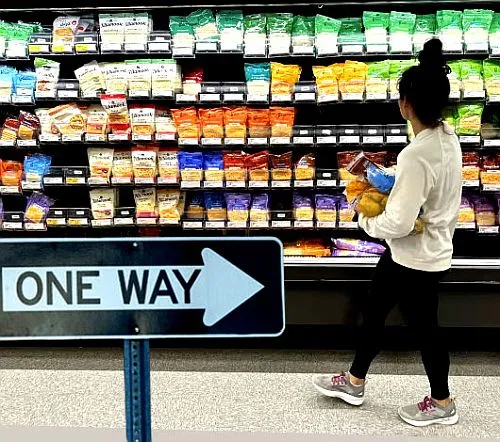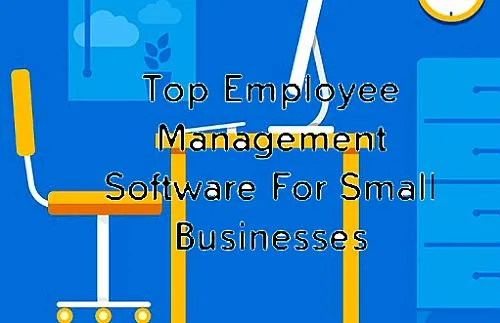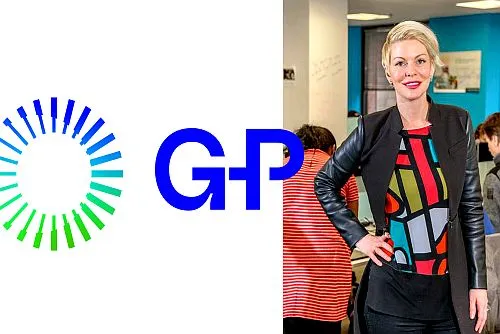US inflation slowed again clearing the way in August 2024
WASHINGTON—In July, year-over-year inflation fell to its lowest level in over three years, indicating that the most severe price increases in four decades are subsiding. This trend could allow the Federal Reserve to implement an interest rate cut in September.
Wednesday’s report from the Labor Department revealed that consumer prices increased by only 0.2% from June to July, following a slight decline the previous month. This marked the first drop in four years.Compared to the previous year, prices increased by 2.9%, a decrease from 3% in June and the lowest annual inflation rate since March 2021.
The government indicated that the rise in the monthly inflation rate was mainly due to higher rental and housing costs. However, current data indicates that this trend may be starting to stabilize.
Inflation has become a vital issue in the presidential election, with former President Donald Trump attributing the rising prices to the Biden administration’s energy policies. On Saturday, Vice President Kamala Harris announced plans to introduce new measures to reduce costs and enhance the overall economy.
Used Car Prices
In July, grocery prices saw a minimal increase of 0.1% and were only 1.1% higher than the previous year, indicating a significantly slower growth rate compared to recent years. Despite this, many Americans continue to face challenges with food costs, which remain 21% higher than three years ago. However, it is worth noting that average wages have also risen significantly during that time.
Gas prices remained steady from June to July and have decreased by 2.2% over the past year. Clothing prices also declined last month and are nearly the same as they were a year ago. Moreover, prices for both new and used cars decreased in July, with used car prices— which had surged during the pandemic— falling nearly 11% over the past year.
While some food prices, such as those for meat, fish, and eggs, are rising more rapidly than before the pandemic, prices for dairy products and fruits and vegetables decreased in July.
For almost a year, easing inflation has gradually alleviated the financial pressure on American consumers. Three years ago, they faced sharp price increases, especially for essentials like food, gas, and rent. Inflation peaked at 9.1% two years ago, marking the highest level in four decades.
Excluding the typically volatile food and energy sectors, core prices increased by 0.2% from June to July, after a 0.1% rise the month before.On a year-over-year basis, core inflation slowed from 3.3% to 3.2%, reaching its lowest point since April 2021. Economists closely monitor core prices as they clearly indicate future inflation trends.
Federal Reserve Considers
Fed Chair Jerome Powell has indicated that he is looking for more evidence of slowing inflation before the Federal Reserve considers cutting its key interest rate. Economists widely anticipate that the Fed will implement its first rate cut around mid-September.
A reduction in the Fed’s benchmark rate generally lowers borrowing costs for consumers and businesses over time. In anticipation of this potential rate cut, mortgage rates have already decreased.
During a news conference last month, Powell noted that recent data showing cooling inflation bolstered the Fed’s confidence that price increases are trending towards a 2% annual rate.
Global Supply Chains
Another inflation report is anticipated next month, prior to the Fed’s meeting on September 17-18. Economists forecast that this report will likely show that inflation continues to remain relatively stable.
Inflation has significantly moderated over the past two years due to improvements in global supply chains, increased apartment construction in major cities that have stabilized rental prices, and elevated interest rates that have dampened auto sales, compelling dealerships to provide more attractive offers.
Consumers, especially those with lower incomes, have become more conscious of prices, opting for less expensive items or alternatives. As a result, many businesses have had to reduce their price increases or even lower prices to meet shifting consumer demands.
Auto insurance & Health Care
Certain services continue to experience significant price increases, particularly auto insurance and health care. The surge in auto insurance premiums is partly due to the rise in the value of new and used vehicles compared to three years ago. However, economists anticipate that these costs will eventually rise slowly.
As inflation continues to wane, the Federal Reserve focuses more intently on the job market. The Federal Reserve’s dual mandate, set by Congress, is to ensure price stability and foster maximum employment.
Federal Reserve Focuses
Recent government data showed a more significant slowdown in hiring than anticipated for July, and the unemployment rate increased for the fourth consecutive month, though it remains relatively low at 4.3%.
These developments unsettled financial markets and led many economists to revise their predictions for interest rate cuts this year. Analysts now anticipate that the Fed will implement at least three quarter-point rate reductions during its September, November, and December meetings.The Fed’s current benchmark rate stands at 5.3%, marking its highest point in 23 years.
Despite the uptick in the unemployment rate, it primarily reflects an increase in job-seekers, particularly new immigrants, who still need to secure employment and are thus classified as unemployed.
This is a more favorable scenario than if the rise in unemployment were due to a surge in layoffs, as indicators of job cuts remain low.
On Thursday, the government will release new data on retail sales, which is anticipated to show a modest increase in consumer spending for July. As long as consumers continue spending, businesses will likely retain and expand their employees.










